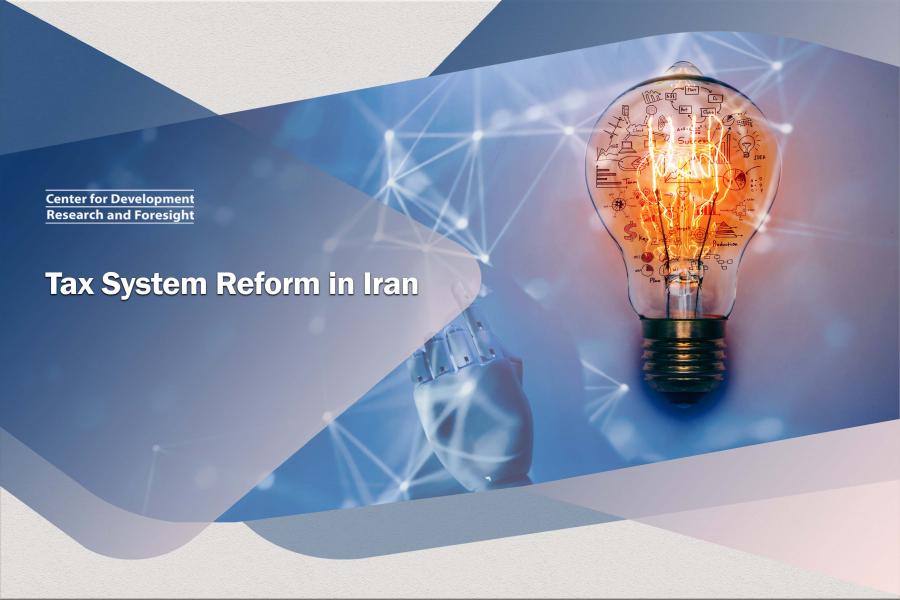
-
بررسی آییننامهها و دستورالعملهای برنامه هفتم پیشرفت
-
بررسی عوامل موثر بر افزایش تصادفات و تلفات جادهای و سوانح رانندگی و دادهکاوی تلفات انسانی
-
سازماندهی و بازآرایی فضایی آموزش عالی کشور
-
به روز رسانی سند ملی آمایش سرزمین
-
انجام مطالعات مناطق آزاد به عنوان نواحی پیشران اقتصادی کشور
-
اصلاح ساختار بودجه و پیاده سازی نظام یکپارچه مدیریت اطلاعات مالی دولت (IFMIS)

One of the most formidable challenges encountered by taxpayers within the Value Added Tax (VAT) system is the delay in VAT refunds. This delay disrupts the tax credit mechanism, transforming the consumption tax into a production or export tax. Consequently, the financial pressures amplified by the VAT system cast a shadow over investment conditions. Given the high price elasticity of Iranian goods, the final producer often cannot incorporate the VAT into the final product price in order to maintain sales. This results in the producer’s inability to recover the tax from the subsequent chain.
In light of these issues, this proposal focuses on the verification of the country’s tax system. Based on the proposers’ surveys, it is suggested that to foster justice and enhance the regulatory function of the tax system, the proportion of income tax and capital gains should be increased to 45%. Furthermore, to stimulate value-creating activities, the income tax of companies should be confined solely to their capital gains. To reduce production costs and product prices, thereby supporting both the supply and demand sides of the economy, a minimal tax on bank transactions should be implemented as an alternative to VAT.
An examination of the Central Bank’s operational statistics reveals that the total transactions of the Shaprak network, shortened form of Online Transaction Processing in Persian, ATMs, and branch terminals, amounted to approximately 13375 thousand billion tomans in 1400. Assuming a 1% tax on bank transactions, the revenue from implementing this policy would be about 7.133 thousand billion tomans.
The proposed idea suggests that a tax on bank transactions, as an alternative to taxes and services, would increase government revenue, reduce the price of goods with low production stages such as food items, and increase demand for these types of products due to an increase in people’s purchasing power. A significant portion of the Tax Administration’s workforce would be freed up due to the removal of the tax base on goods and services. In the second phase, to prevent the tax burden on manufacturing companies and increase government revenues, the establishment of identification systems to collect tax on vacant houses and income tax and capital gains should be prioritized by the tax affairs organization within the next two years. This would deter the influx of liquidity and credit towards speculation and redirect liquidity from non-productive activities to productive activities.
To encourage societal adherence to this tax system, the following implementation plan is proposed:
- Incorporating tax points into the validation indicators of the country’s financial network for the allocation of facilities and services.
- Establishing a correlation between the interest rate of granted facilities and individuals’ credit scores.
- Transforming tax files into a document to identify the income of natural and legal persons within the banking network.



